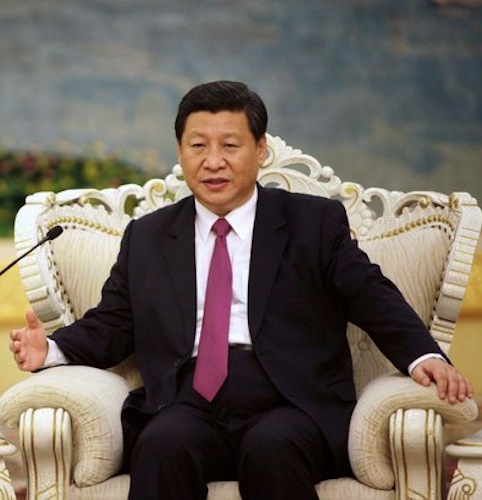
(Image credit: The New York Times)
With last week’s tempestuous events in the middle east, the subsequent chaos on the U.S. presidential campaign trail, and news of a professional peeping Tom in the south of France, much was lost on the American public concerning the strange and unexplained absence of Xi Jinping, the man in line to be the next president of China. Mr. Xi disappeared completely from public view on September 1st, leaving only wanting pundits to explain what they thought might be reality. Think about it. Imagine if we lived in an ascendant country and our leader-in-waiting suddenly vanished from the public eye for longer than two weeks. Furthermore, imagine if we lived under a government that lacked any sense of transparency, and under which a freethinking blog post such as this one might warrant imprisonment, all the while the ruling elite might not proffer any explanation concerning our presumptive leader’s whereabouts. We’d be anxious, and the Chinese were last week. Anyways, the reason I bring this event up isn’t to inform the average American about global events (that’s their own responsibility and their newspaper’s job), but rather, I think the whole circus surrounding Xi’s absence provides a unique insight into the ways that China’s ruling elite attempt to visualize their control.
Recent comments
2 years 29 weeks ago
2 years 44 weeks ago
2 years 44 weeks ago
2 years 50 weeks ago
3 years 4 weeks ago
3 years 4 weeks ago
3 years 4 weeks ago
3 years 6 weeks ago
3 years 6 weeks ago
3 years 6 weeks ago